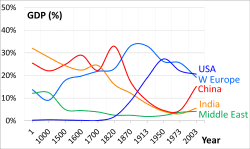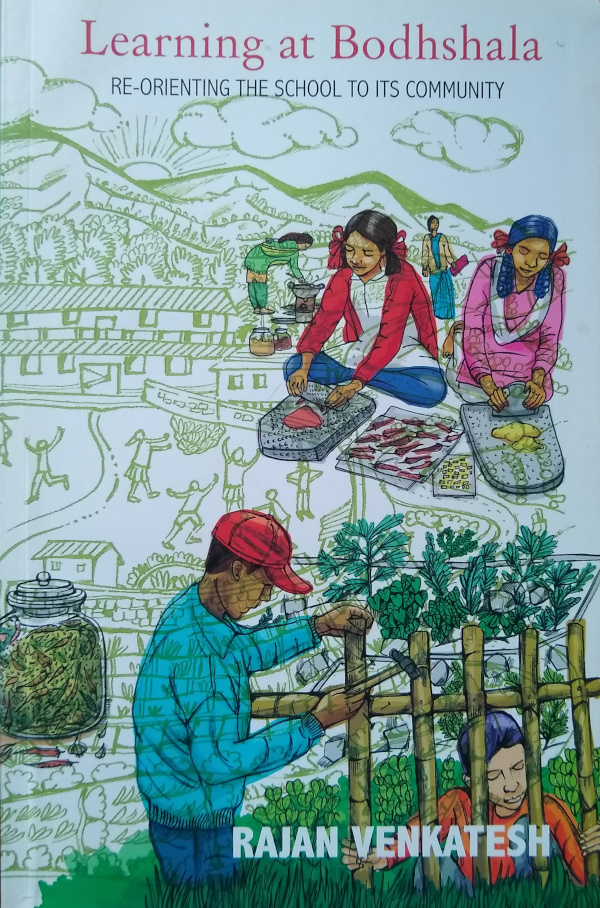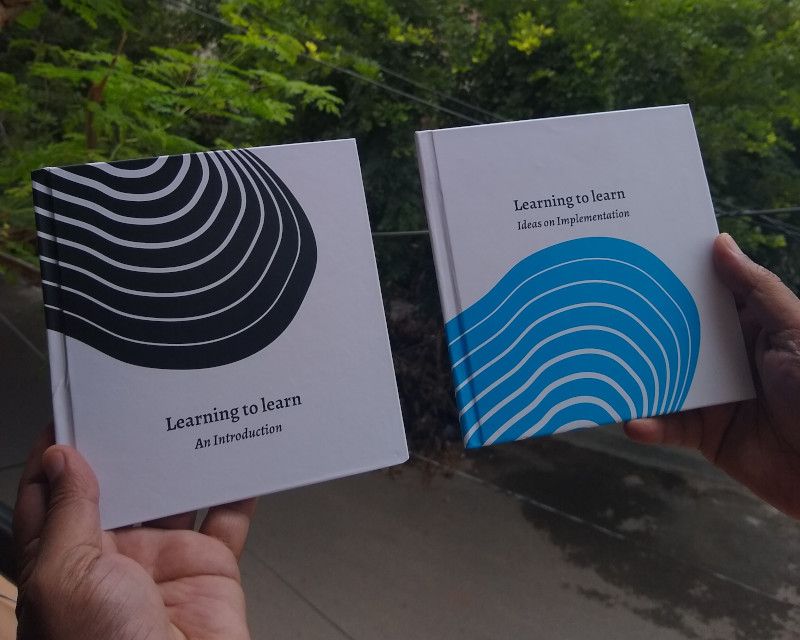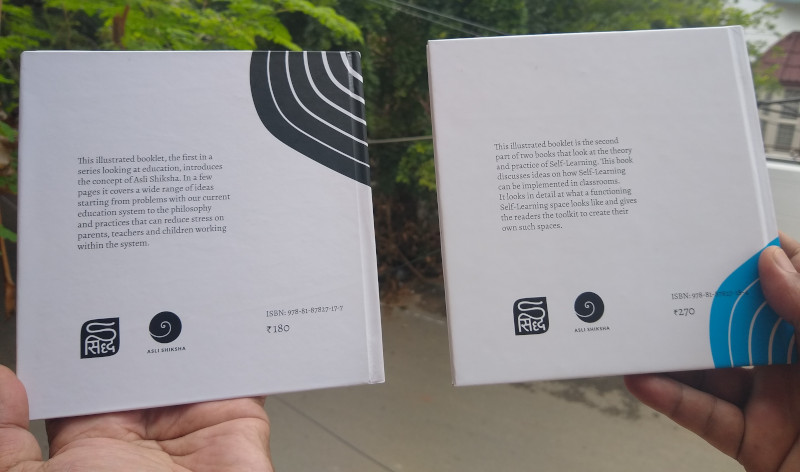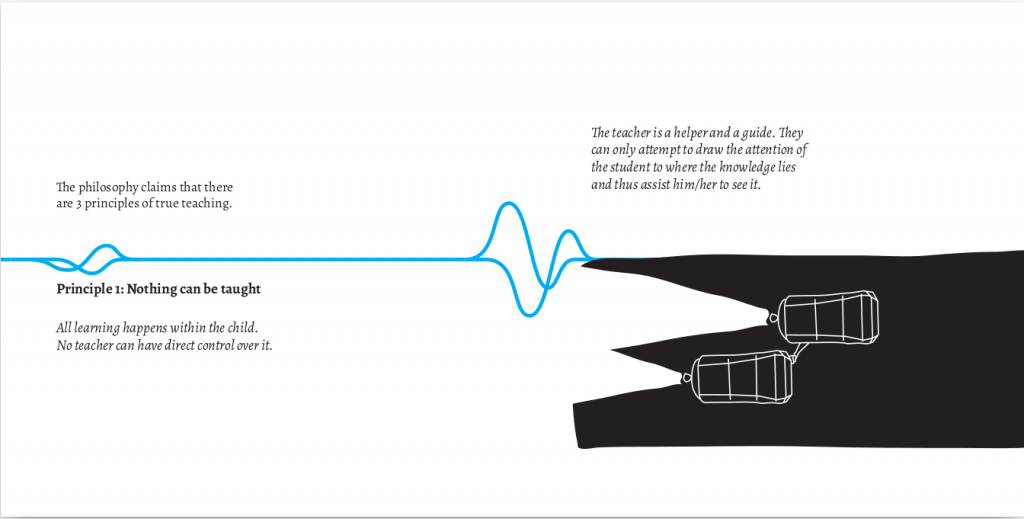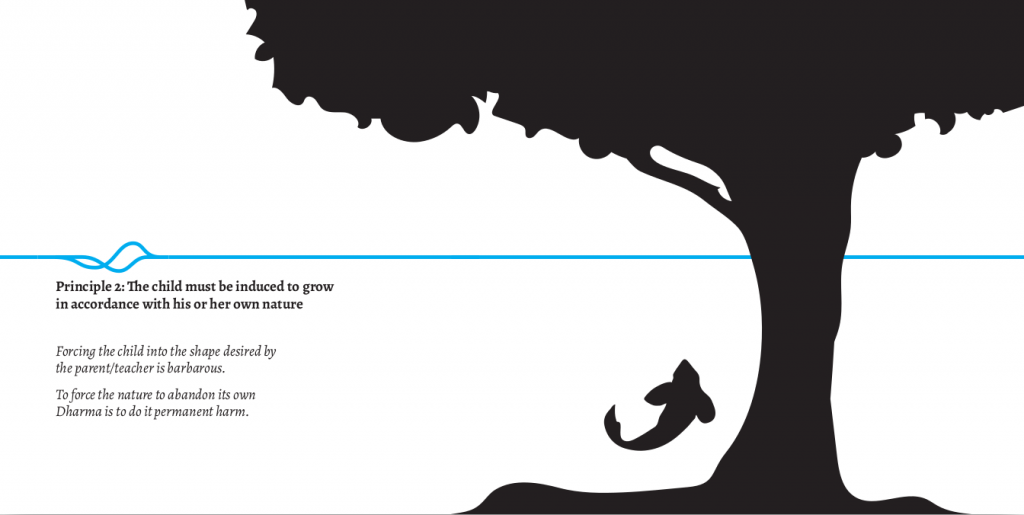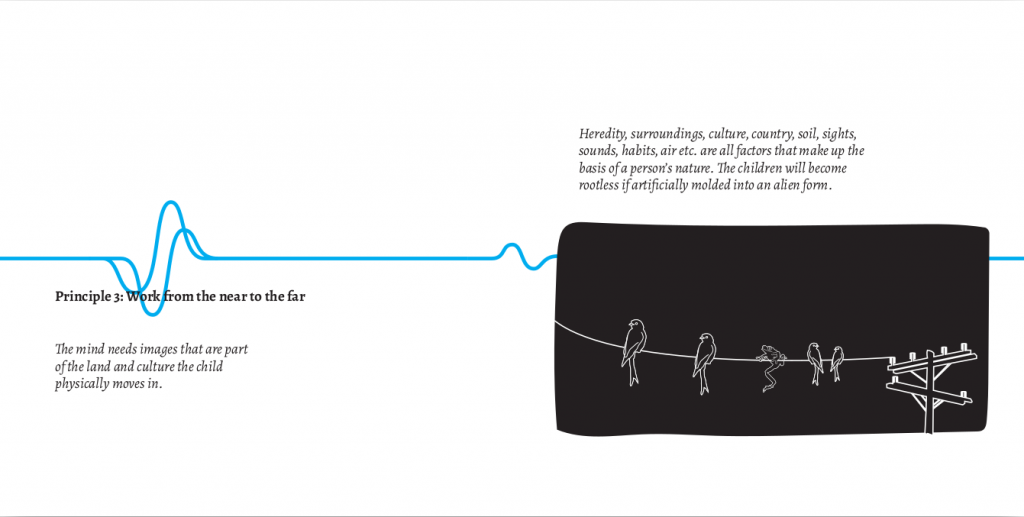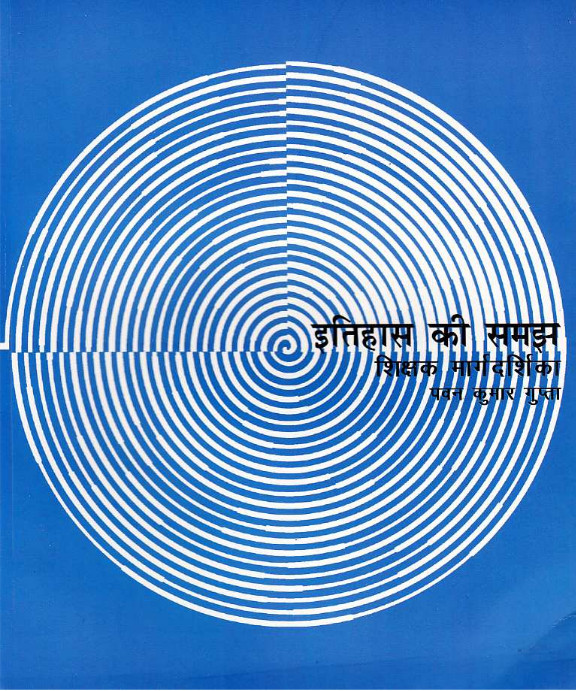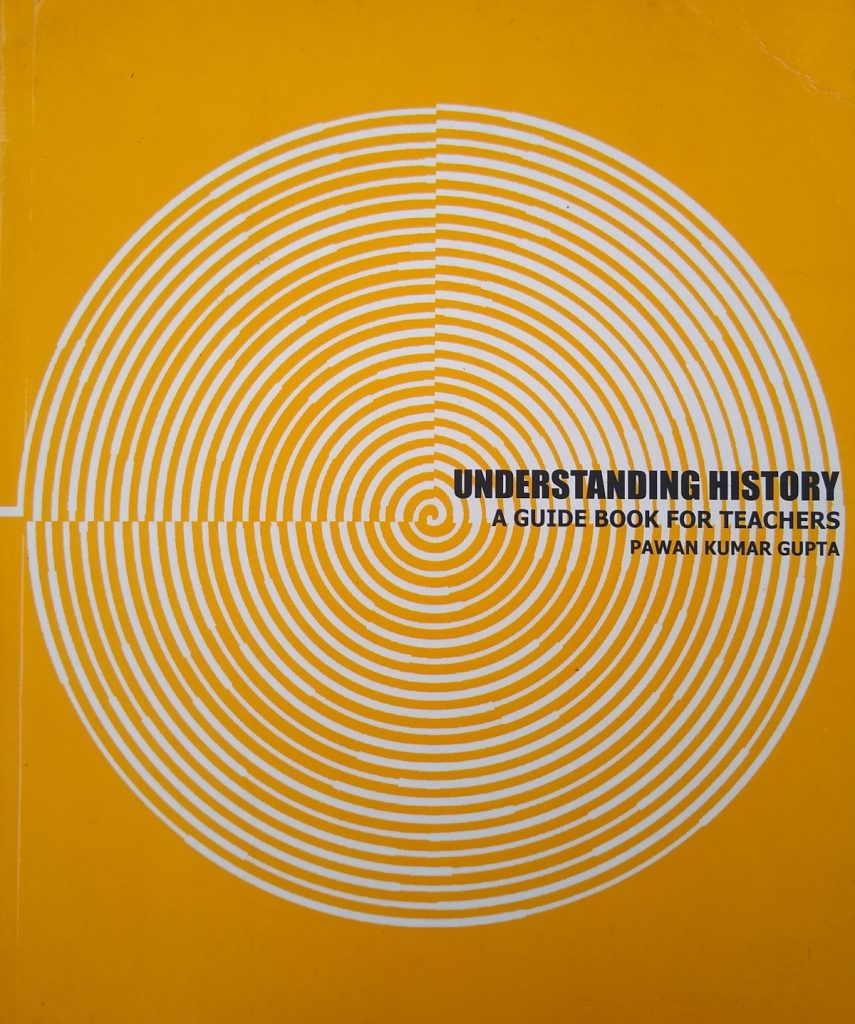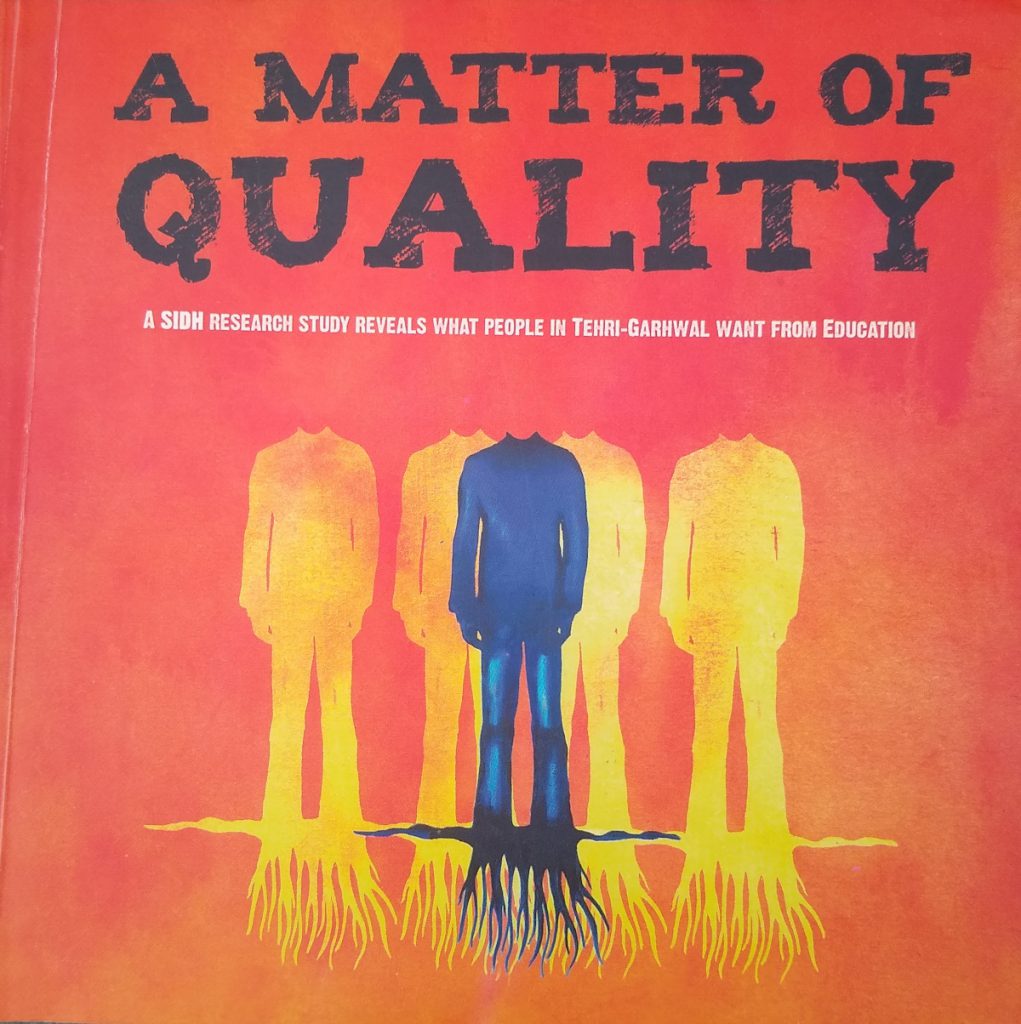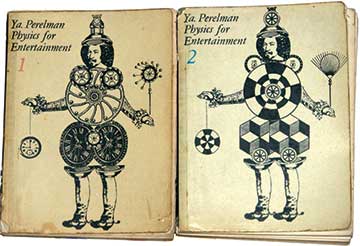(The following is an excerpt from the first part of the talk…)
The science delusion is the belief that science already understands the nature of reality in principle, leaving only the details to be filled in. This is a very widespread belief in our society. It’s the kind of belief system of people who say “I don’t believe in God, I believe in science.” It’s a belief system which has now been spread to the entire world.
But there’s a conflict in the heart of science, between science as a method of inquiry based on reason, evidence, hypothesis and collective investigation, and science as a belief system or a world view. And unfortunately the world view aspect of science has come to inhibit and constrict the free inquiry which is the very lifeblood of the scientific endeavor.
Since the late 19th century, science has been conducted under the aspect of a belief system or a world view which is essentially that of materialism — philosophical materialism. And the sciences are now wholly owned subsidiaries of the materialist worldview. I think that as we break out of it, the sciences will be regenerated.
What I do in my book The Science Delusion is take the ten dogmas, or assumptions of science, and turn them into questions. Seeing how well they stand up if you look at them scientifically. None of them stand up very well.
The ten dogmas, which are the default worldview of most educated people all over the world are:
First, that nature’s mechanical or machine-like. The universe is like a machine, animals and plants are like machines, we’re like machines. In fact, we are machines. We are lumbering robots, in Richard Dawkins’ vivid phrase. With brains that are genetically programmed computers.
Second, matter is unconscious. The whole universe is made up of unconscious matter. There’s no consciousness in stars, in galaxies, in planets, in animals, in plants, and there ought not in any of us either, if this theory’s true.
The laws of nature are fixed. This is dogma three. The laws of nature are the same now as they were at the time of the Big Bang and they’ll be the same forever. Not just the laws; but the constants of nature are fixed, which is why they are called constants.
Dogma four: The total amount of matter and energy is always the same. It never changes in total quantity, except at the moment of the Big Bang when it all sprang into existence from nowhere in a single instant.
The fifth dogma is that nature’s purposeless. There are no purposes in all nature and the evolutionary process has no purpose or direction.
Dogma six, the biological heredity is material. Everything you inherit is in your genes, or in epigenetic modifications of the genes, or in cytoplasmic inheritance. It’s material.
Dogma seven, memories are stored inside your brain as material traces. Somehow everything you remember is in your brain in modified nerve endings, phosphorylated proteins, no one knows how it works. But nevertheless almost everyone in the scientific world believes it must be in the brain.
Dogma eight, your mind is inside your head. All your consciousness is the activity of your brain, and nothing more.
Dogma nine, which follows from dogma eight, psychic phenomena like telepathy are impossible. Your thoughts and intentions cannot have any effect at a distance because your mind’s inside your head. Therefore all the apparent evidence for telepathy and other psychic phenomena is illusory. People believe these things happen, but it’s just because they don’t know enough about statistics, or they’re deceived by coincidences, or it’s wishful thinking.
And dogma ten, mechanistic medicine is the only kind that really works. That’s why governments only fund research into mechanistic medicine and ignore complementary and alternative therapies. Those can’t possibly really work because they’re not mechanistic. They may appear to work because people would have got better anyway, or because of the placebo effect. But the only kind that really works is mechanistic medicine.
Well this is the default worldview which is held by almost all educated people all over the world. It’s the basis of the educational system, the national health service, the medical research council, governments and it’s just the default worldview of educated people.
—–End of excerpt—–
The talk goes on into the details of two of these dogmas and there was such a backlash from the dogmatic end of the scientific establishment that TED had to remove this talk from their site. I think the talk is very interesting and I encourage you to listen to it.
